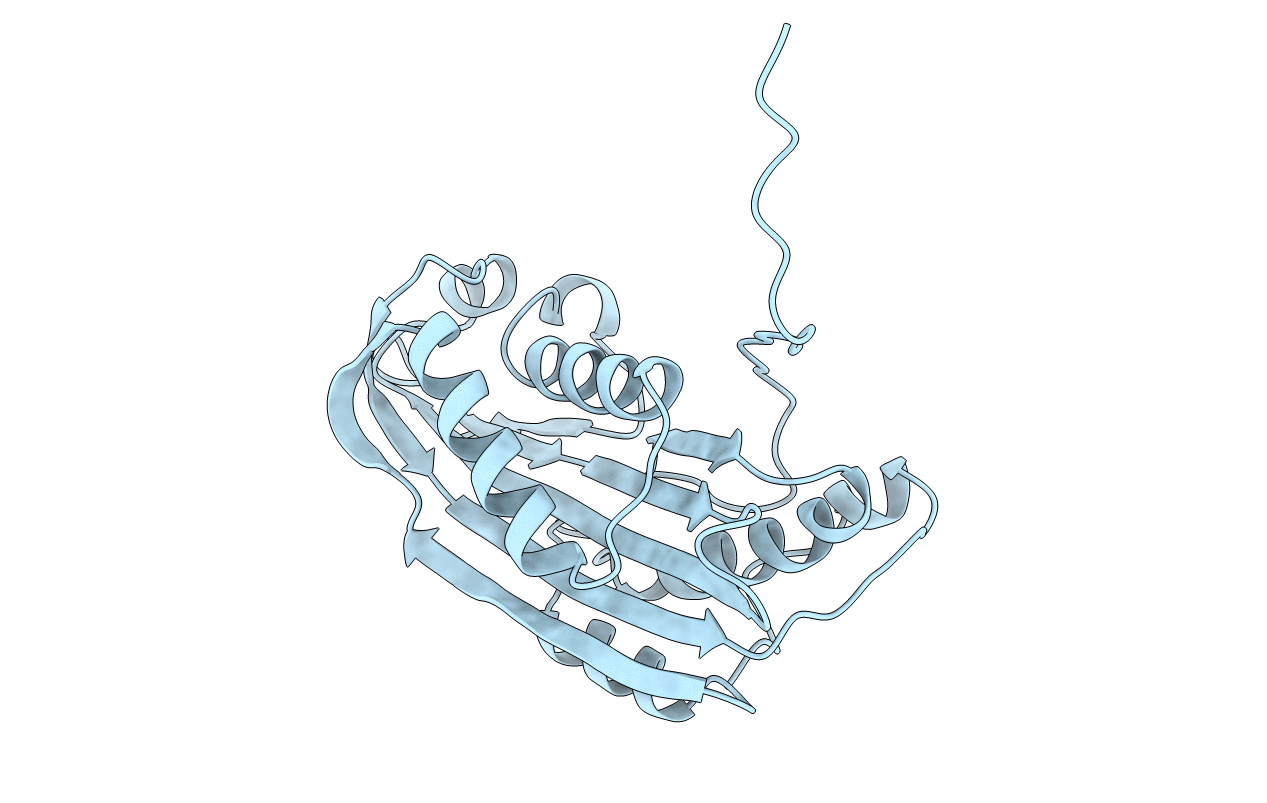
Deposition Date
1995-09-05
Release Date
1996-10-14
Last Version Date
2024-02-07
Entry Detail
Biological Source:
Source Organism:
Bacillus thuringiensis serovar kyushuensis (Taxon ID: 44161)
Host Organism:
Method Details:
Experimental Method:
Resolution:
2.60 Å
R-Value Free:
0.26
R-Value Work:
0.19
R-Value Observed:
0.19
Space Group:
P 61 2 2


